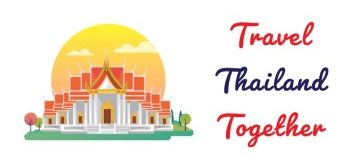Thailand is one of the most popular tourist destinations in Southeast Asia.
Whether you’re backpacking Thailand, solo traveling, looking for a new retirement home, or just have a month’s sabbatical from work, there is so much you can do in Thailand in 30 days.
In this one-month Thailand itinerary, you get to explore the pristine beaches of the Gulf of Thailand, party all night long in Phuket, explore ancient wonders around Bangkok, trek through jungles in Chiang Mai, see the iconic temples of Chiang Rai, and so much more.
With so much to see and do, planning a one month trip to Thailand can be overwhelming.
In this blog post, we’ll outline a sample itinerary that covers some of the best destinations in Thailand over the course of four weeks, so you can make the most of your 30 days backpacking Thailand.
Is One Month Enough for Backpacking Thailand?
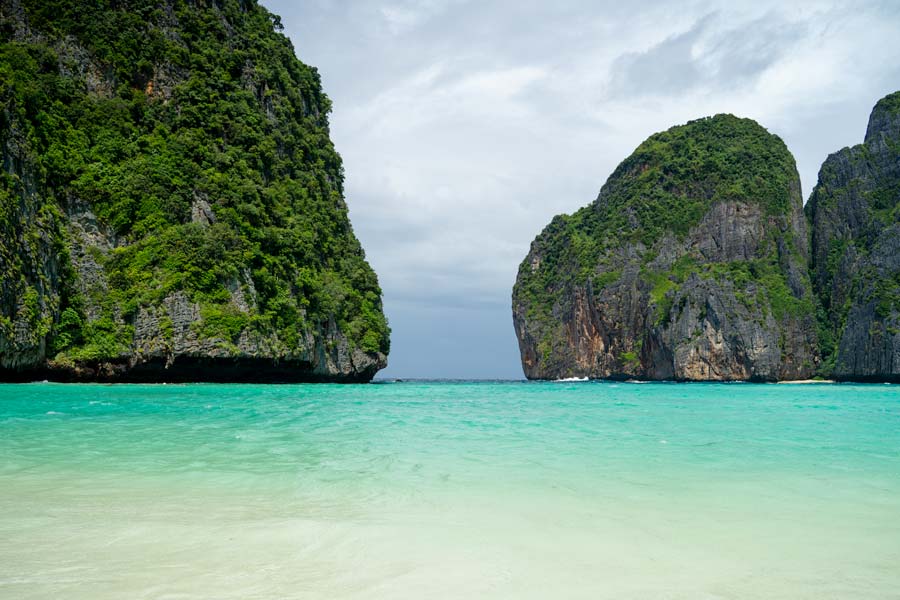
But before we get into our itinerary, let’s quickly cover how many days in Thailand you need.
The typical tourist visa is for 30 days, which is why most people allow one month in Thailand. If you have that amount of time to spare, you will definitely need all of it.
30 days is the bare minimum you will need to explore all the highlights and popular attractions in Thailand, especially if you want to include the islands, and beaches, and visit the countryside in the north.
If you can stretch your schedule to 45 days, this will be even better, as it allows you some down days to relax and recuperate.
But if you only have 30 days, you can see all of the top places in that time, you just need to be mindful that your itinerary will either be full on with little time to rest, or you will have to cut some things out.
The Best Thailand 1 month itinerary Itinerary
In this itinerary, we’ve made suggestions for what to do for a complete one month itinerary for Thailand, but you should use it as a guide and adjust it according to your taste.
You may find that you have seen too many temples, and would prefer a chilled day getting a Thai massage instead.
Depending on where you’re flying from and what time you arrive, you may want to spend your first day getting orientated – check into your accommodation, get a Thai sim card, and take cash out.
We will start our itinerary from the first full day, so if you land in the morning, start this itinerary from the next day.
Day 1-4: Bangkok and Ayutthaya
Bangkok is usually where most people fly into Thailand, so it makes sense to start our itinerary here.
Bangkok is Thailand’s bustling capital city, packed with temples, museums, floating markets, and world-class cuisine.
Day 1: Explore the Temples
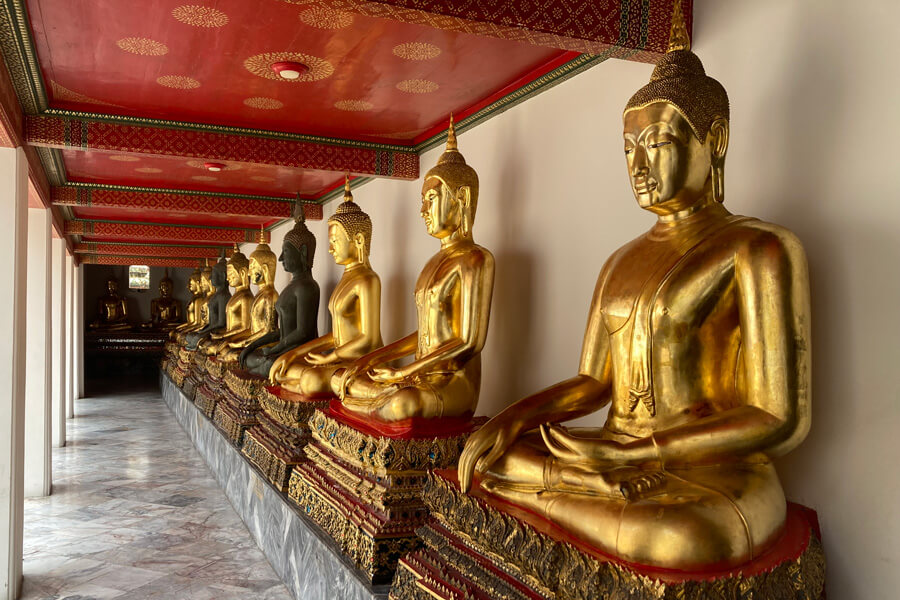
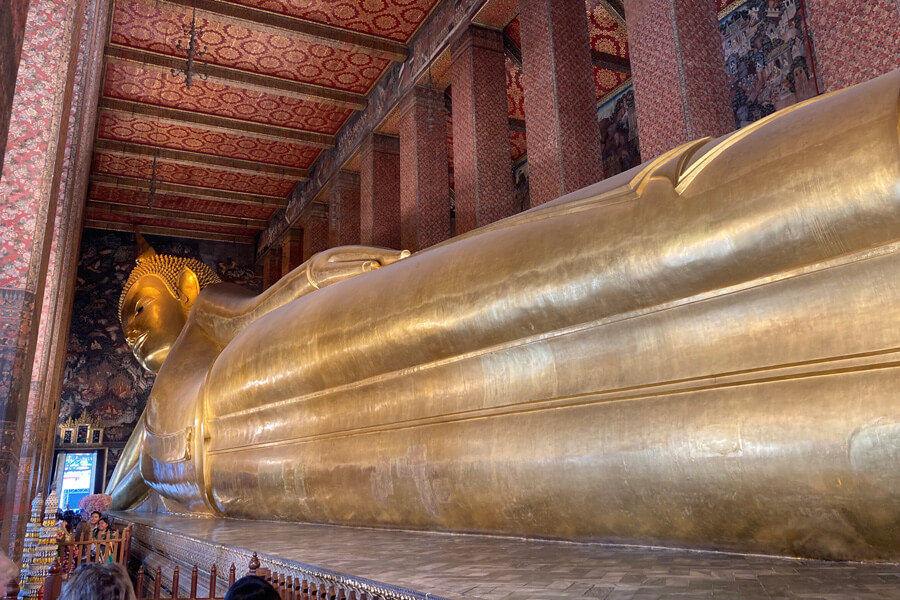
The most popular thing to do in Bangkok is to explore the temples, so you should spend the first day exploring the city’s many temples, including Wat Phra Kaew (the Temple of the Emerald Buddha) and Wat Pho (the Temple of the Reclining Buddha).
For a great pit stop between temple hopping, head to Pad Thai Fai Ta Lu, one of the best places in Bangkok for Pad Thai, which offers Michelin Star food at an affordable price.
In the evening, head to Khao San Road for some street food and nightlife. It’s one of the number one places to visit in Thailand for your first visit since it’s the place all travelers meet.
If you’re traveling alone, it’s a good place to meet other travelers and make some friends. If you’re backpacking Thailand, you’ll find many hostels nearby where you can meet other like-minded travelers.
Be sure to try some scorpions, tarantulas, and other exotic-looking insects here. Yes, they really do eat that here!
Day 2: Chao Phraya River Tour
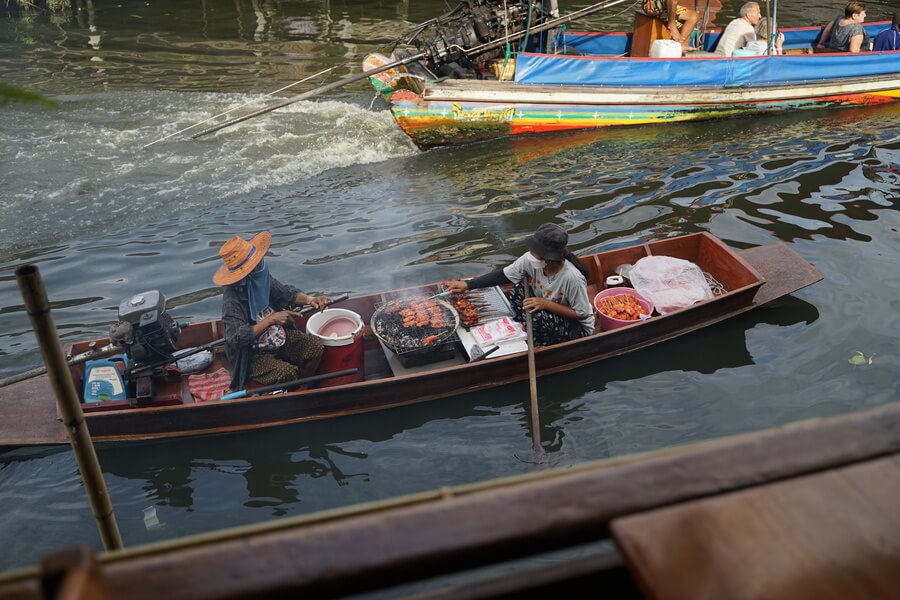
On your second day, take a boat tour of the Chao Phraya River. If you’re visiting on the weekend, head out early to explore one of the city’s floating markets.
The markets open from 6.00 am until about 10.00 am on Saturdays and Sundays but are closed on weekdays. If you miss them, don’t worry, you can visit another cool market (more on that later).
Another popular attraction for those who time their visit to Bangkok for the weekend is Chatuchak Weekend Market, which is the largest weekend market in the world. This is the ideal place to pick up the iconic Thai elephant pants.
Be sure to take the Chao Phraya River boat to visit the Grand Palace, a stunning complex that was once home to the Thai royal family. The palace takes at least 2 hours to explore.
If you’re in need of A/C, take the boat over to ICONSIAM, the most famous shopping mall in Bangkok.
This is a great place to get some air conditioning and grab a bite to eat from the amazing food court inside. If you’re not visiting on a weekend and miss out on the floating market, no matter because ICONSIAM’s food court is an indoor floating market.
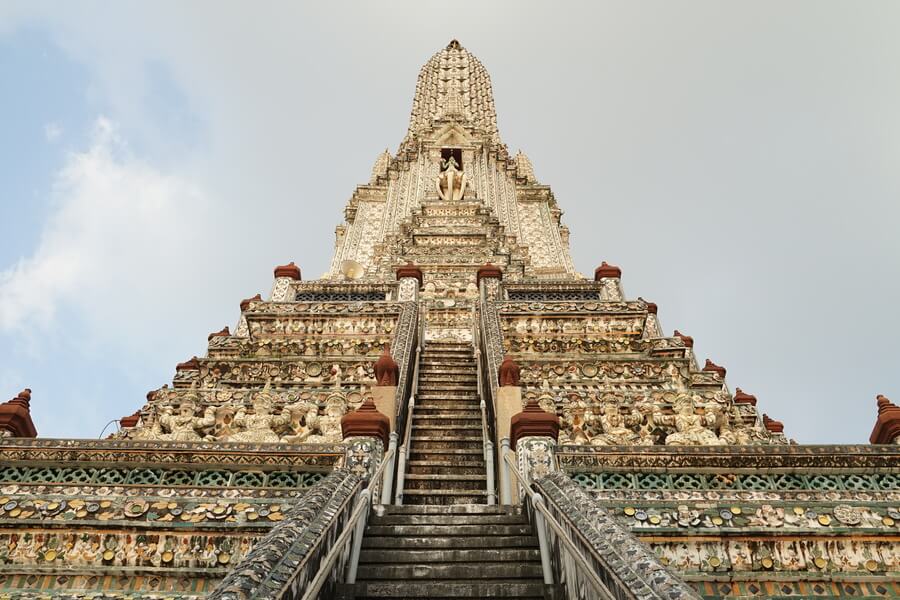
Also on the Chao Phraya River is the Wat Arun temple, a stunning temple with thousands of colorful tiles and ornate details. I recommend you visit here at sunset when the sun illuminates the tiles in stunning colors.
At night, head to a rooftop bar for some cocktails. One of the most popular is Sky Bar in Silom, which has amazing views of the city from its 63rd-floor rooftop bar.
You can also find a voucher for Hotel Indigo CHAR Bar here.
Day 3: Food Tour & China Town
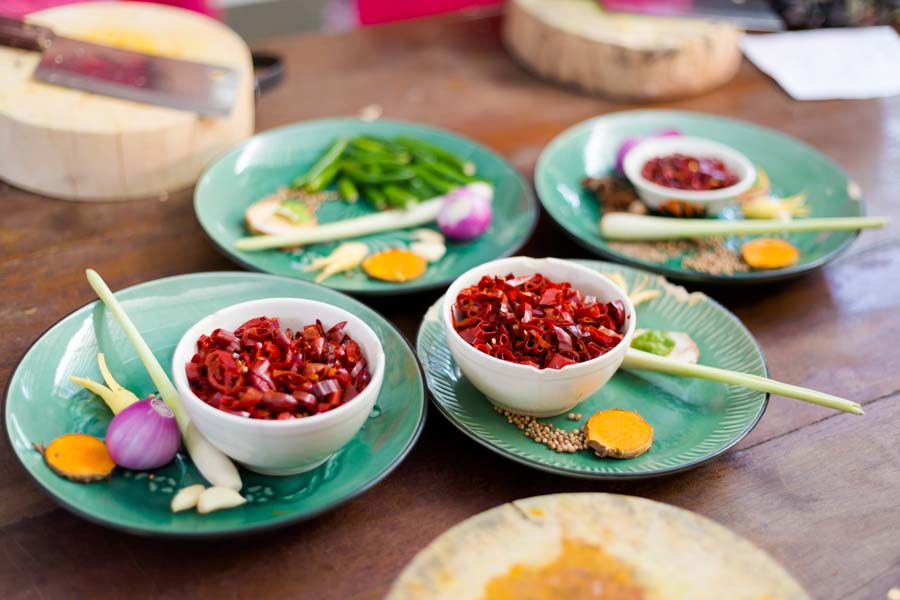
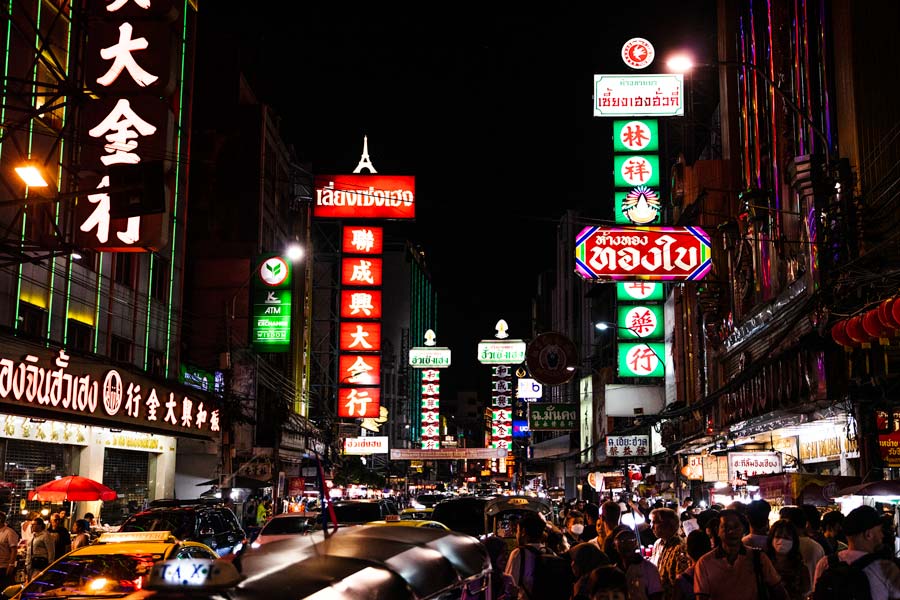
One of the best things about Bangkok is its cuisine. There are so many amazing places to eat and try traditional Thai street food, that I recommend you spend a day doing a food tour.
If you would prefer to spend only half a day doing a food tour, you might want to escape the hustle and bustle of Bangkok in Lumphini Park or visit the Bangkok Art & Culture Centre which has fantastic modern art exhibits.
China Town is a great place to go in the evening to try street food. Note that it’s closed on Tuesday evenings for street cleaning.
Day 4: Ayutthaya
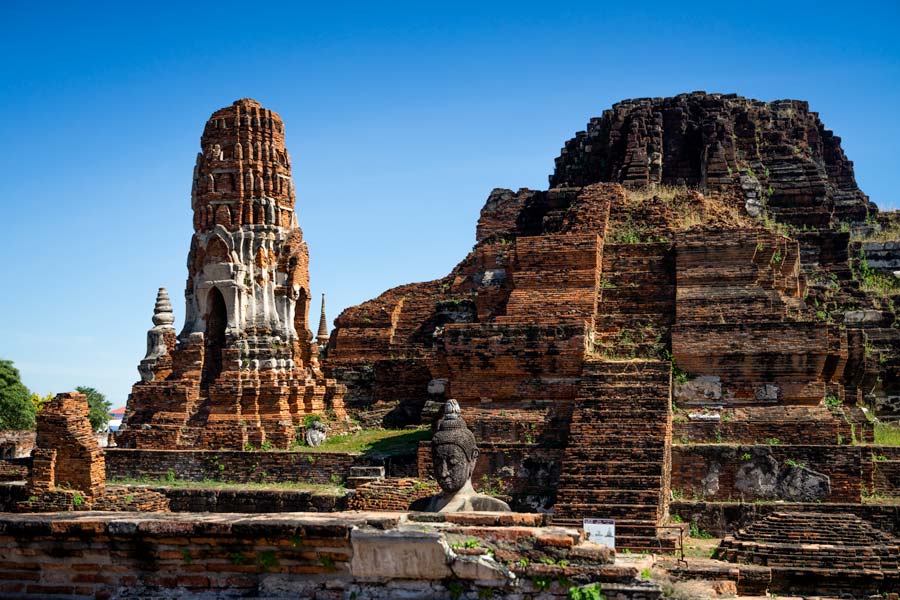
Take a day trip to Ayutthaya, the former capital of Thailand and a UNESCO World Heritage Site.
Hire a bicycle and explore the ancient ruins and temples. There are more than 50 historic sites and temples to explore, including Wat Phra Ram, Wat Phra Si Sanphet, Wat Mahathat, and Wat Ratchaburana.
Don’t miss Wat Ratchaburana, which is where you will find the famous Buddha’s head wrapped in the roots of the trees.
After visiting Ayutthaya, you can take a sleeper train to Chiang Mai.
Day 5-7: Chiang Mai
Located in northern Thailand, Chiang Mai is famous for its temples, elephant sanctuaries, and the annual Lantern Festival.
Day 5: Temple Hopping
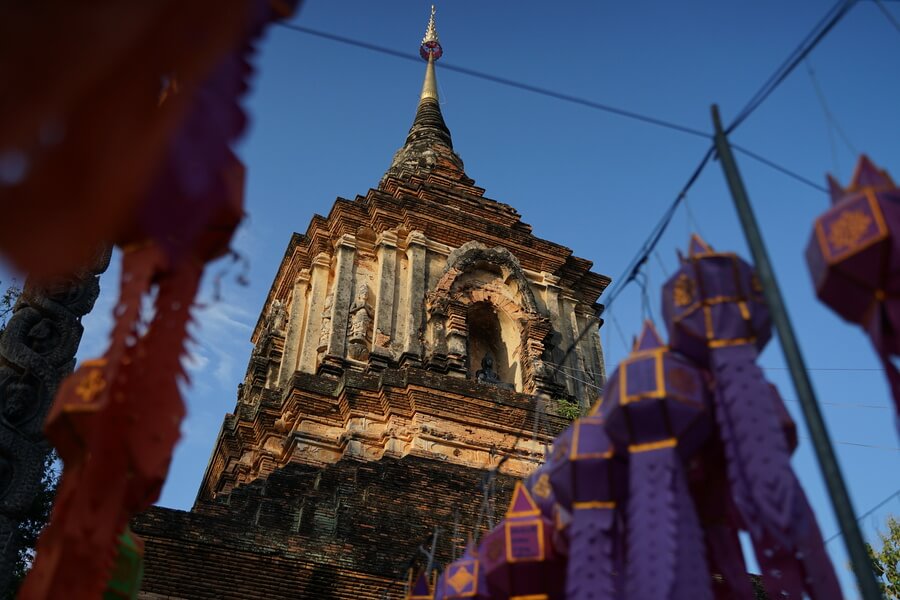
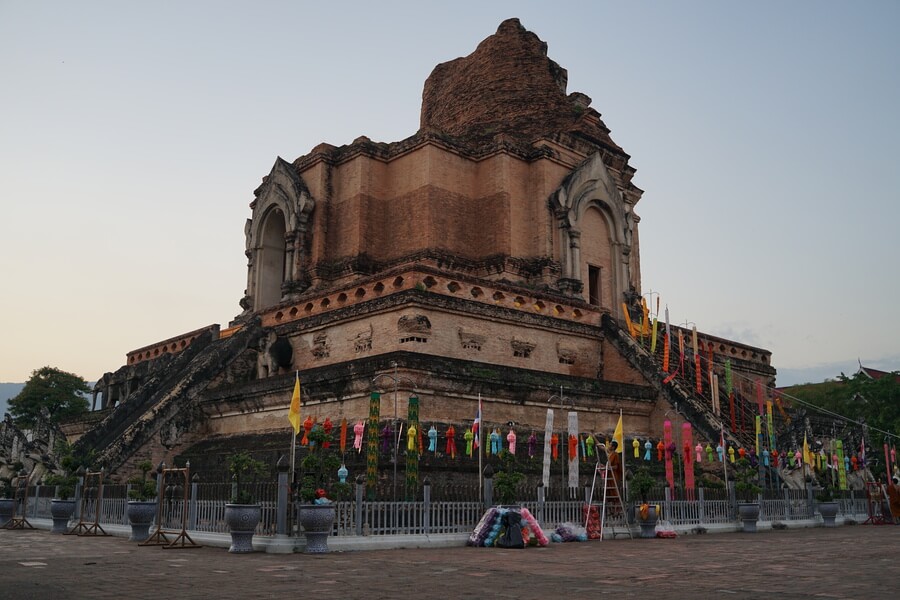
Spend your first day exploring the Old City, which is surrounded by crumbling walls and moats dating back to the 13th century.
Visit the city’s many temples, including Wat Chedi Luang, Wat Chiang Man, and Wat Phra Singh.
You can easily spend a full day exploring all the monuments inside the inner walls of Chiang Mai’s historic city center.
In the evening, head to the night market for some street food, or catch a Muay Thai boxing match.
Day 6: Cooking Class and Doi Suthep
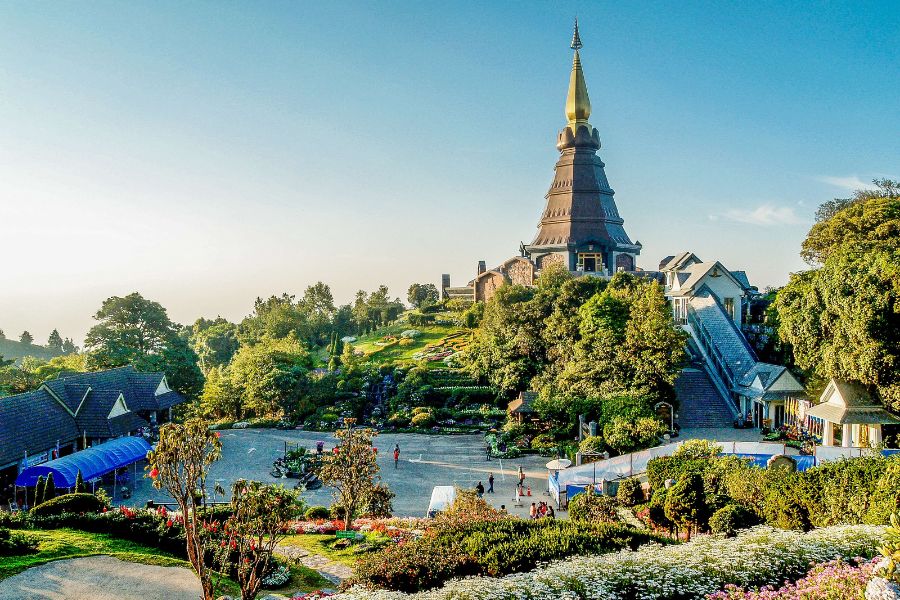
On the following day, take a cooking class and learn how to make traditional Thai dishes like pad Thai, green curry, and mango sticky rice.
In the afternoon, visit Doi Suthep, a temple located on a mountainside with stunning views of the city.
Spend the rest of your time in Chiang Mai exploring the city’s markets, or catch the sunset from Rabeang Pasak Treehouse.
Day 7: Elephant Sanctuary
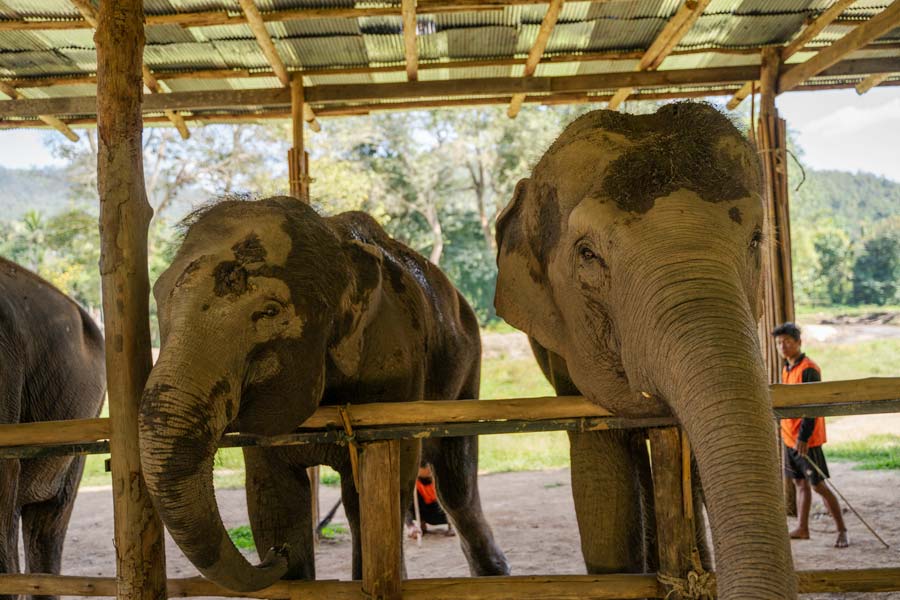
Spend the morning or afternoon visiting an elephant sanctuary. There are many around Chiang Mai, but not all of them are ethical.
An ethical elephant nature park will allow visitors to observe elephants but not touch them.
As you watch the elephants in their natural habitat, a knowledgeable guide will share insights on elephant history, character traits, and behavior, as well as on conservation efforts.
In the evening, catch the bus to Pai.
Day 8-11: Pai
Pai is a rural countryside town in the North of Thailand that’s known for its gorges, hot springs, tea houses, and waterfalls.
It’s the perfect place to enjoy being in nature and taking it slow.
Day 8: Explore Pai
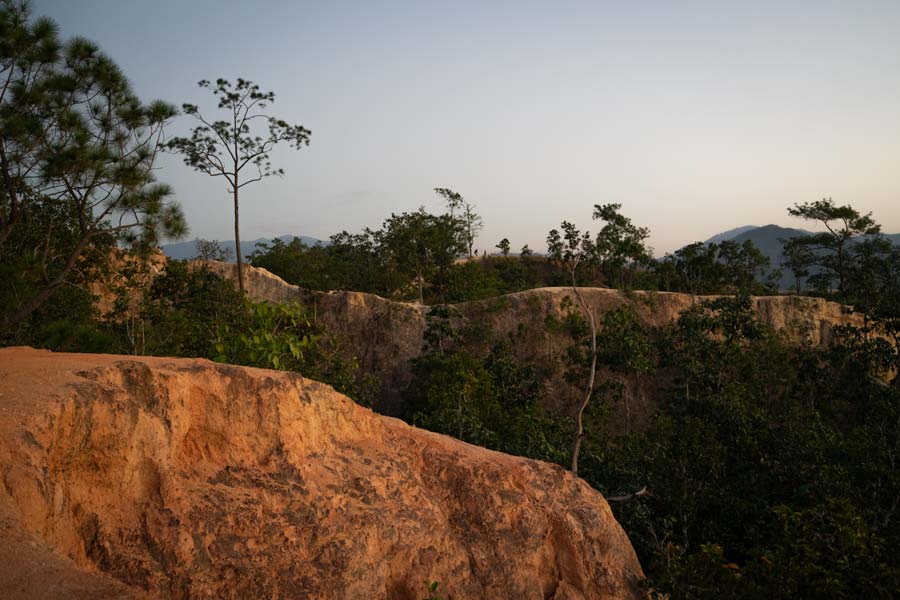
Pai is a small town known for its laid-back vibe and beautiful scenery. There are plenty of things to do in Pai, from exploring the local markets and temples to hiking in the nearby Pai Canyon and visiting hot springs and waterfalls.
One of the most popular activities is renting a scooter and cruising the winding roads through the lush countryside, stopping at scenic viewpoints and small villages along the way.
You will find multiple tea houses that offer scenic views of the countryside. They are the perfect place to sit back in a hammock, drink a Thai milk tea, and take in the scenery.
At night, head to the walking street where you will find street food and entertainment.
Day 9: Drive to Mae Hon Song
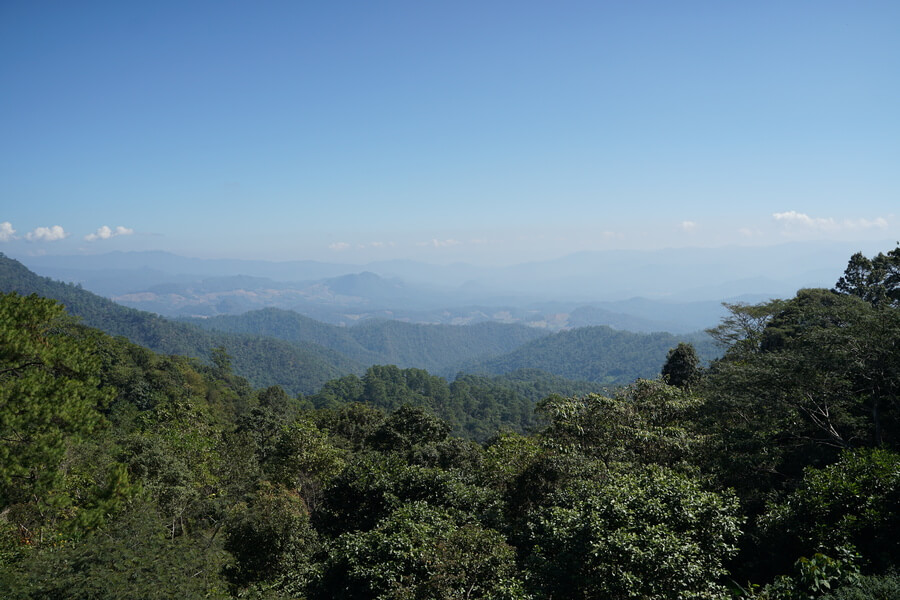
The road from Pai to Mae Hon Song is a scenic drive of 107km and takes about 3 hours on a scooter without stopping.
The journey takes you through scenic winding roads, mountain passes, and lush forests.
Along the way, there are many stops worth making, including Nam Lod Cave, a spectacular limestone cave system with stunning stalactite and stalagmite formations, and the Fish Cave, where shoals of fish inhabit a pool inside a cave.
Doi Kio Lom Viewpoint is also worth a visit, providing panoramic views over the surrounding hills and valleys.
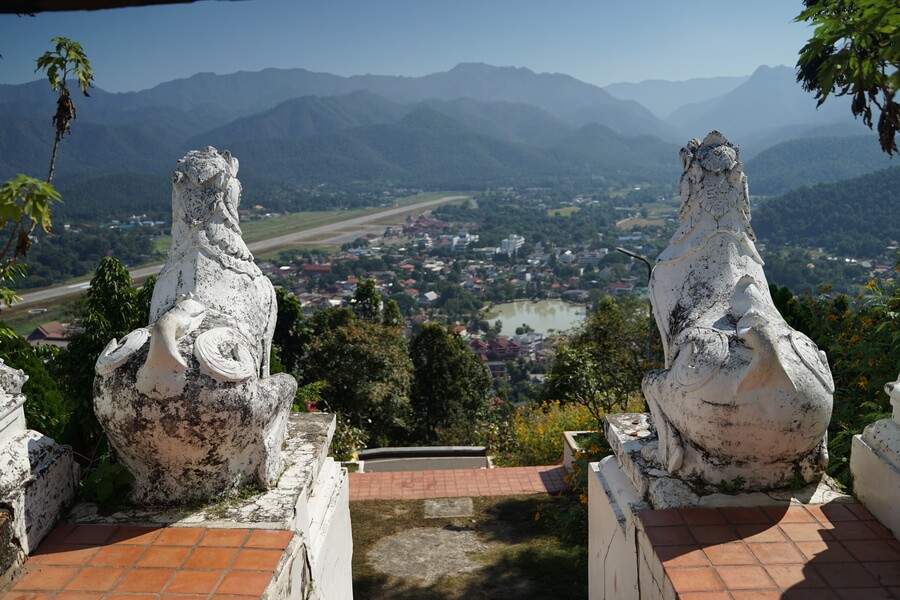
As you drive further towards Mae Hong Son, the landscape becomes more rugged and mountainous, culminating in the town itself, known for its traditional hill tribe communities and beautiful temples.
Spend the night in Mae Hon Song before returning to Pai the next day.
Day 10: Drive to Ban Rak Thai and back to Pai
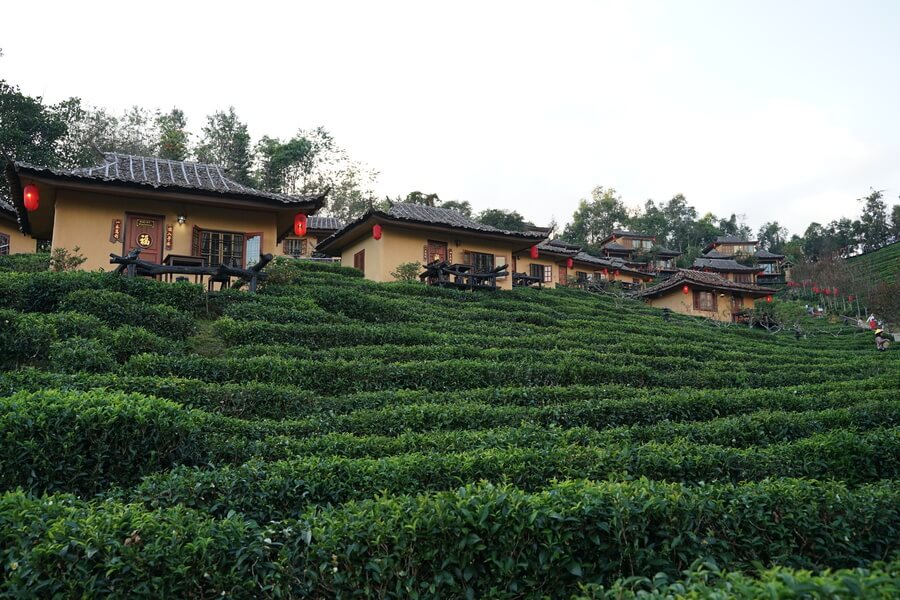
Before heading straight back to Pai, head up to Ban Rak Thai, a rural Yunnanese Chinese village located in the mountains near the border with Myanmar.
The unique mix of Thai and Chinese cultures is evident in the village’s architecture and cuisine. Be sure to try some delicious Yunnanese dishes, such as mala skewers – be warned, they are very spicey!
The village is also known for its tea plantations and charming cultural ambiance. You can enjoy stunning views of the surrounding mountains while sipping on locally brewed tea by the manmade lake in the center of the village.
Day 11-12: Chiang Rai
On the morning of day 11, catch the bus from Pai to Chiang Rai. It’s not far by distance, but you need to change in Chiang Mai, so it takes around half a day of travel time.
You’ll arrive late afternoon so you can spend the rest of the day exploring the town and getting settled into your accommodation.
Day 12: Chiang Rai Temple Hopping
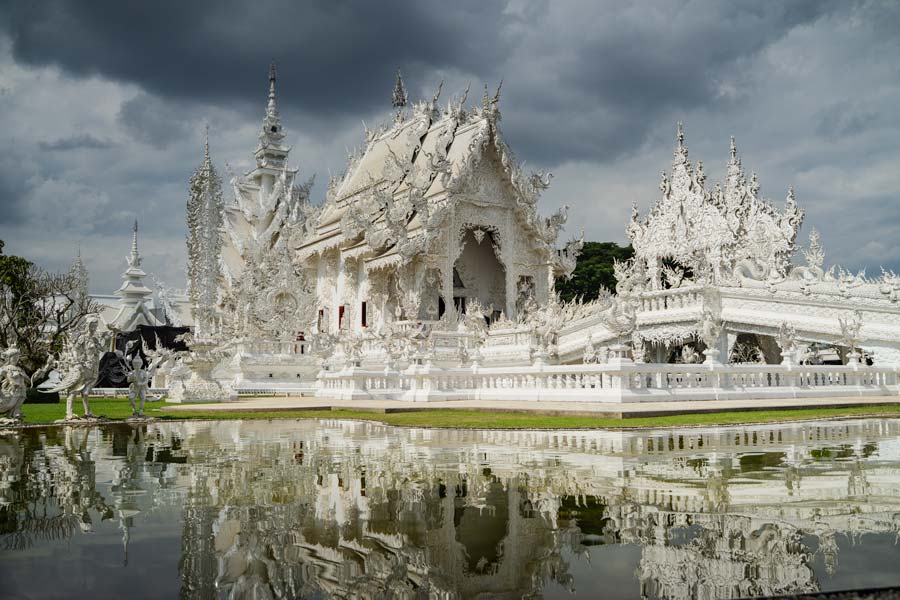
Chiang Rai is not a huge place and is only really known for its temples; so we recommend spending only one full day here.
There are three main temples in Chiang Rai worth visiting; the White Temple, Blue Temple, and Black Temple.
The White Temple, or Wat Rong Khun, is the most famous one. This stunning, modern temple is known for its intricate white architecture, ornate details, and stunning murals that depict scenes from pop culture and Buddhism.
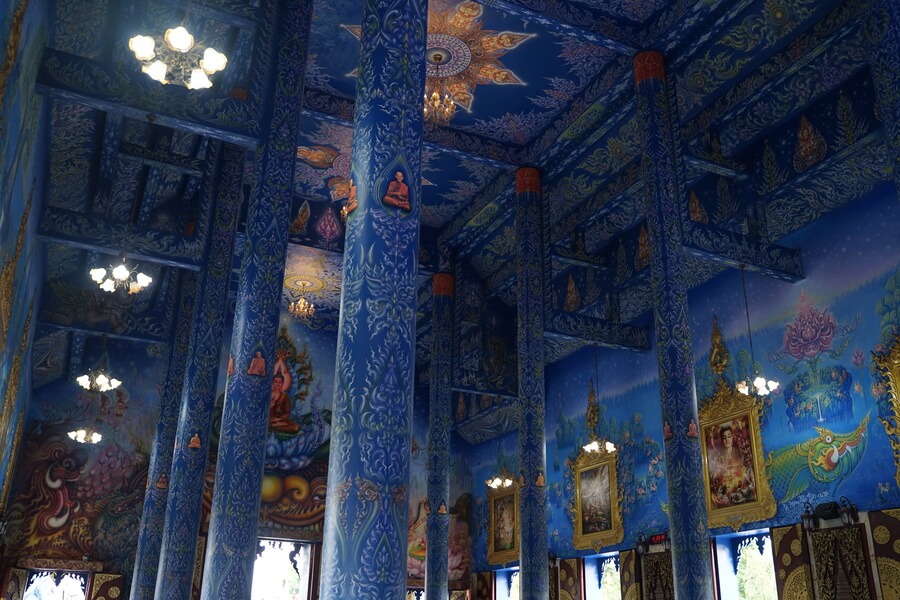
The Blue Temple, or Wat Rong Seua Ten, is a beautiful and lesser-known temple located in Chiang Rai. It is known for its striking blue exterior, intricate doorway carvings, and stunning murals depicting various Buddhist tales and characters.
The Black Temple (or The Black House or Baan Si Dum), isn’t really a temple, it’s an art museum housing eclectic art exhibits, some with a more phallic nature.
Built by the late artist Thawan Duchanee, the exhibits feature displays of taxidermy, wood carvings, and other unusual items. It’s a must-visit destination for art lovers and those interested in the strange and unusual.
In the evening, catch an internal flight to Phuket.
Day 13-17: Phuket, Krabi & The Phi Phi Islands
One of the reasons why Thailand is worth visiting is for the islands, so be sure to add some island time to your itinerary.
Depending on what type of traveler you are, you may want to decide whether you visit Krabi or Phuket.
Both places offer excellent beaches, but Phuket is more tailored toward nightlife enthusiasts, whereas Krabi is more relaxed.
Day 13: Phuket Island Tour
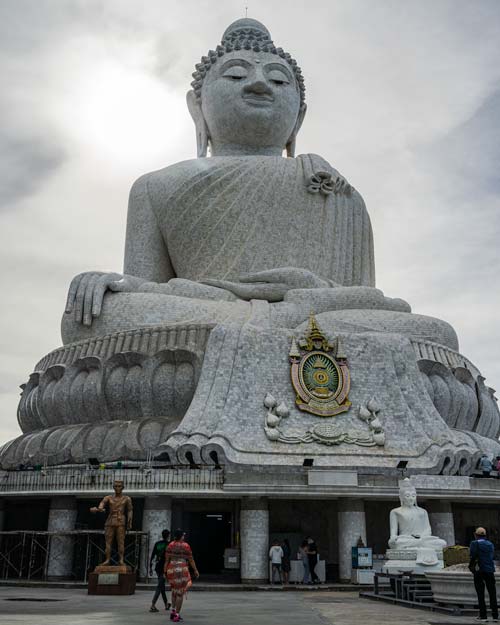
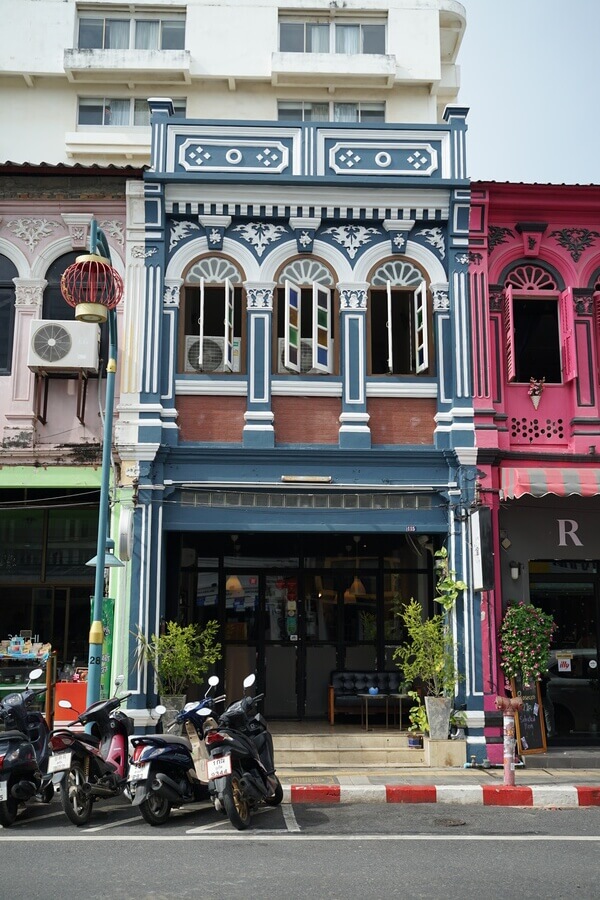
Phuket is Thailand’s largest island and a popular tourist destination. Phuket is known for beaches, island tours, and outdoor adventures.
Spend your first day exploring the island and taking in all the beautiful small towns and villages.
I recommend you hire a scooter and drive around the island, stopping off at the island’s many beaches, including Kata Beach and Kamala Beach.
Don’t miss the Big Buddha, a 45-meter-tall statue located atop a hill with stunning views of the island. This is a great spot to go for sunset.
In the evening, head back to Patong Beach for nightlife.
Day 14-15: Phuket Boat Tour (James Bond Island & Phi Phi Island)
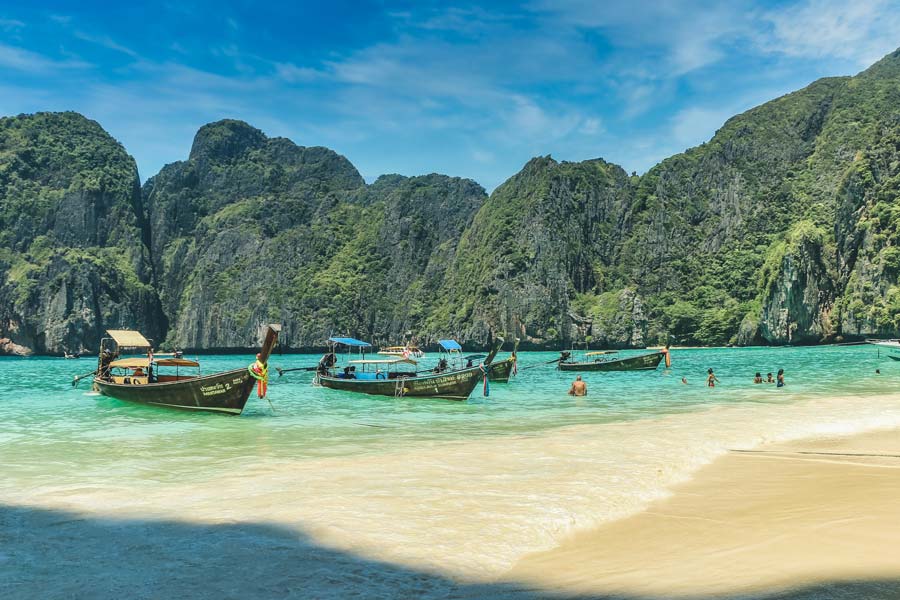
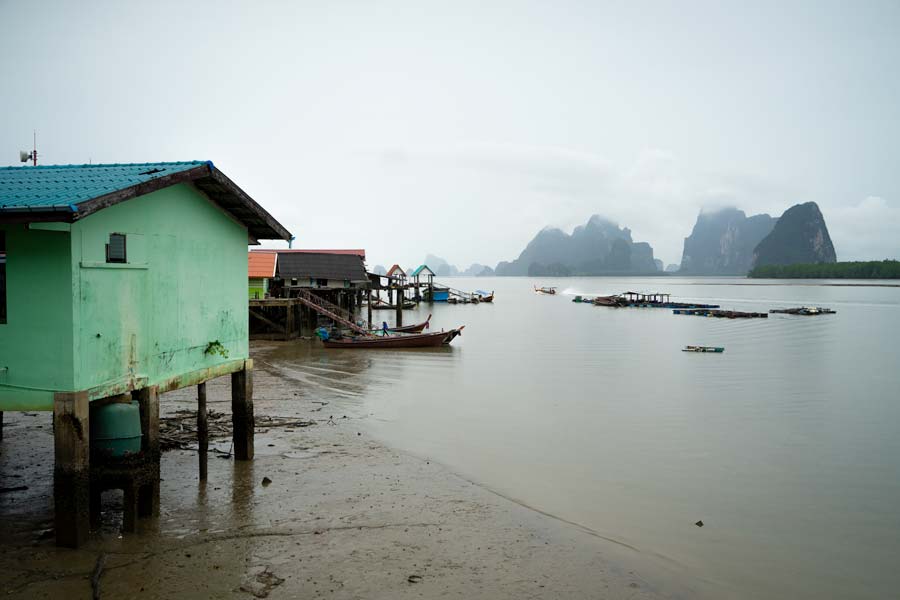
On the following days, take a boat tour of the nearby islands. You will want good weather for the Phi Phi Islands, home to the most famous beach in Thailand; Maya Bay, where the Leonardo di Caprio film The Beach was filmed.
On the other day, take a boat tour of Phang Nga Bay, which is home to the famous James Bond Island and stunning limestone formations.
You can also visit Panyee Island, known for its floating village. The weather doesn’t need to be perfect for this tour, so choose the sunniest day for the Phi Phi Islands and the other day for the James Bond island tour.
Day 16: Travel to Krabi
Krabi is a province in southern Thailand known for its stunning beaches and limestone cliffs.
It’s a half-day bus journey from Phuket, so spend the rest of your first day exploring the town of Ao Nang and its many beaches and restaurants.
Day 17: Temples, Hot Springs, Night Market
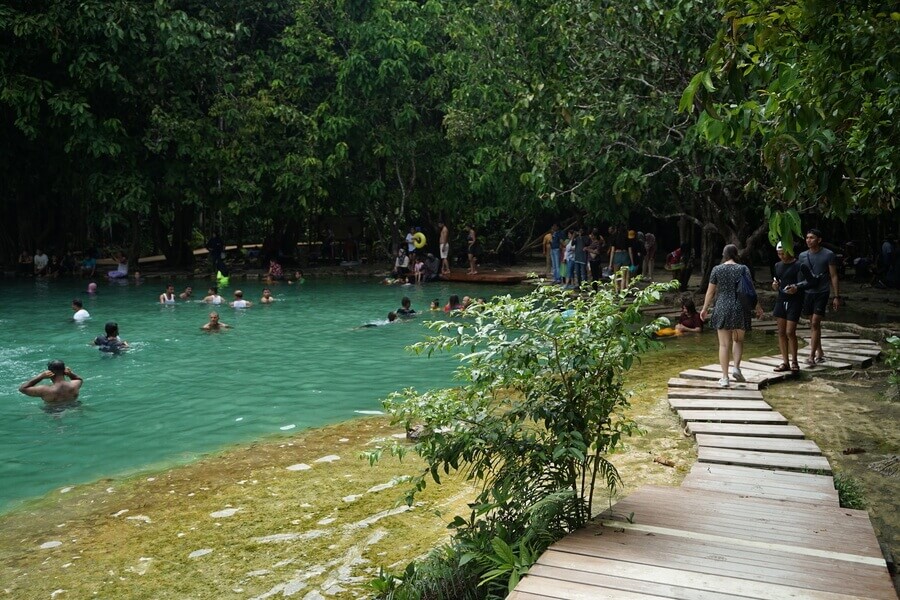
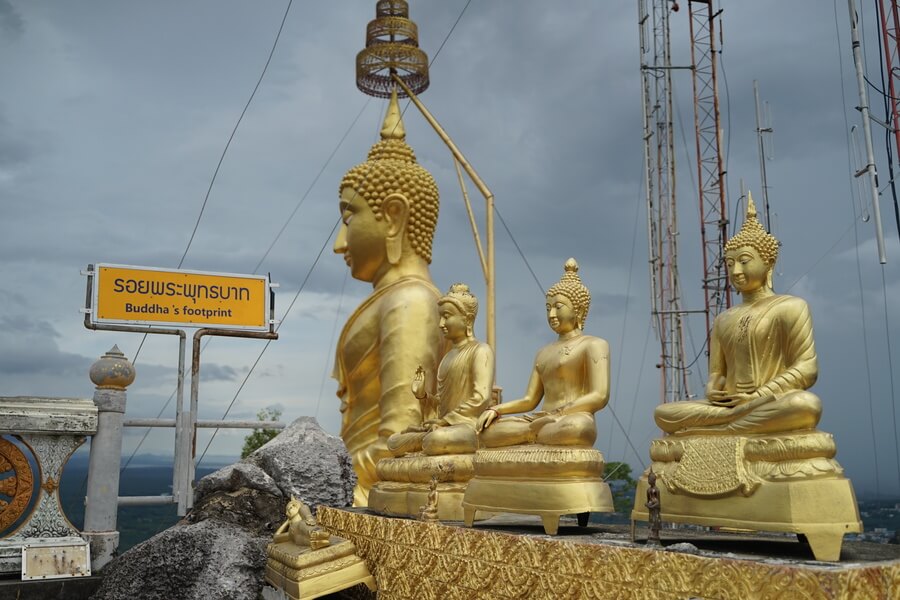
Start your day with a visit to the Tiger Cave Temple (Wat Tham Suea), a stunning Buddhist temple located on a hilltop that offers stunning panoramic views.
There are over 1200 steps to the top of the temple, so try to get there early to avoid hiking in the heat.
After that, freshen up in a hot spring pool. There are two pools, Emerald Pool which is the more famous one, and Krabi Hot Springs which really is a hot spring.
If you don’t like your water too hot, head to the Emerald Pool. If you want a really warm hot spring, head to Krabi Hot Springs.
After that, head to Krabi Town and enjoy the night markets and do some shopping. If you still have sunlight, you can do the Mangrove Walk to the Khao Khanap Nam Cliffs.
In the evening, head to Ao Nang Beach to enjoy dinner a drink, and live music at one of the beach bars.
Day 18: Railay Beach
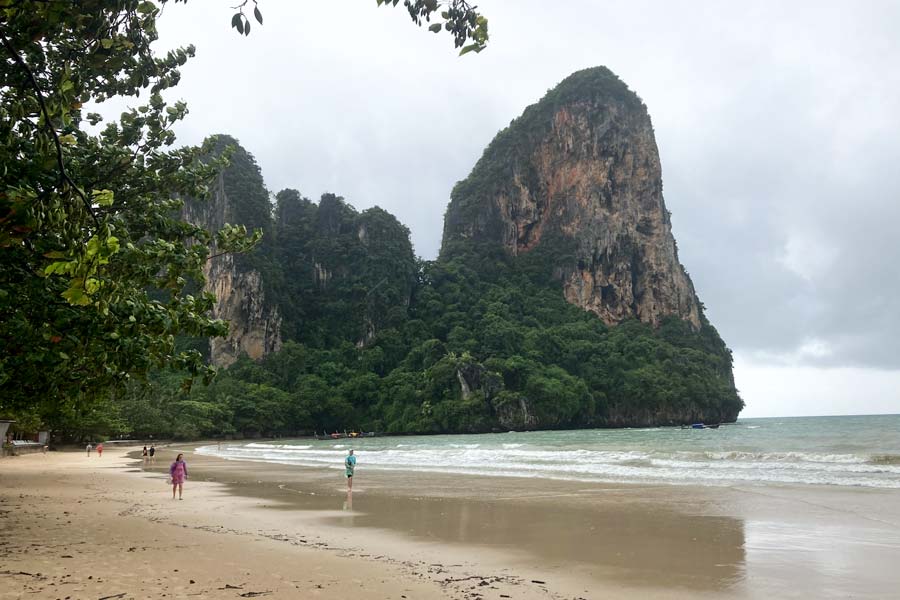
Railay Beach is a hidden gem tucked away from the hustle and bustle of mainland life.
This stunning beach is accessible by boat from Ao Nang and offers crystal clear waters, a tranquil atmosphere, and towering limestone cliffs.
It’s a favorite spot with rock climbers who come to challenge themselves on the cliffs, but it’s also perfect for those who want to relax and soak up the sun.
Spend the day on the beach, go kayaking, explore hidden caves, or simply lay back and enjoy the stunning scenery.
Day 19-25: Koh Samui, Koh Phangan, Koh Tao
Take a bus and ferry to Koh Samui, a tropical island in the Gulf of Thailand.
It takes about 4 hours to get to Koh Samui from Krabi, so time your bus as early as possible so you can spend the rest of your first day relaxing on the beach and exploring the local markets.
Related Reading: Koh Samui vs Koh Phangan: Which is Better?
Day 20: Koh Samui
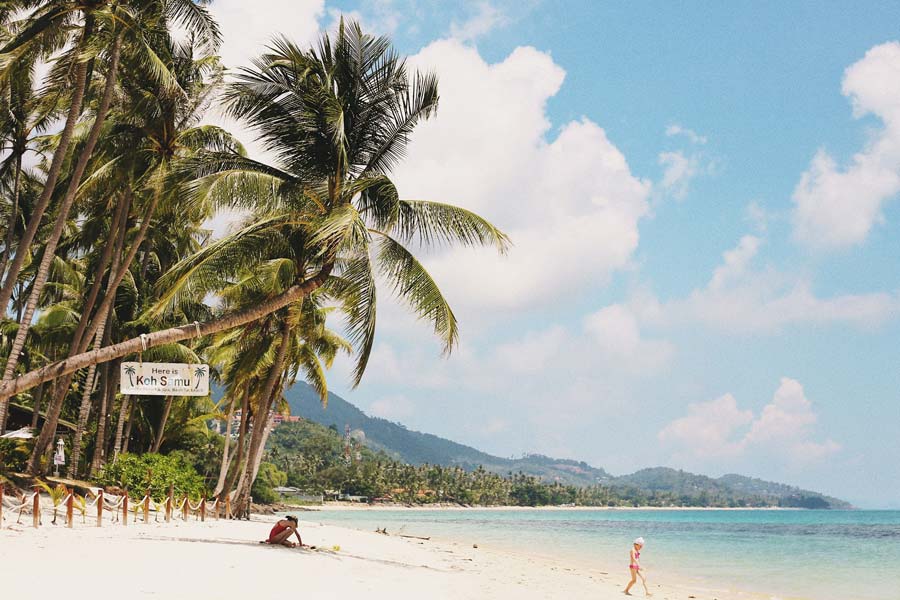
Spend a full day in Koh Samui exploring the island’s many beaches, waterfalls, and temples.
Start your day with a visit to the Big Buddha, a golden statue standing 12 meters tall on a hilltop with breathtaking views of the island.
Next, head to Chaweng Beach, one of the most popular beaches on the island, to relax and soak up the sun.
After some beach time, make your way to the Fisherman’s Village in Bophut for lunch and shopping.
In the afternoon, visit the Na Muang Waterfalls and explore the surrounding rainforest. Alternatively, spend the afternoon playing Foot Golf, or visit the popular Lamai Beach.
End your day with a sunset dinner overlooking the ocean at one of the many beachfront restaurants on the island.
Day 21: Ang Thong Marine Park
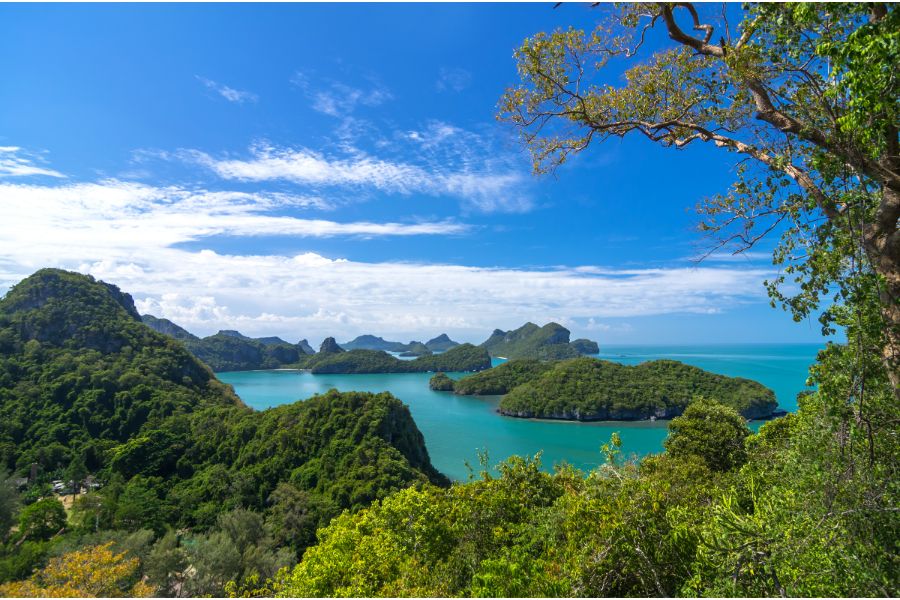
On the following day, take a boat tour to Ang Thong Marine Park, a stunning archipelago of over 40 islands with beautiful beaches and crystal clear waters.
Ang Thong Marine National Park is known for its crystal-clear waters and white-sand beaches, which you can explore by boat or kayak.
There is a range of activities you can do there including snorkeling, diving, and hiking to the various viewpoints to see the incredible views.
A visit to Emerald Lake, a saltwater lake in the heart of the park, is a must-see. The water here changes color due to the refraction of light and is a unique experience.
With its beauty and natural surroundings It is one of the most popular attractions in the Gulf of Thailand.
Day 22: Koh Phangan
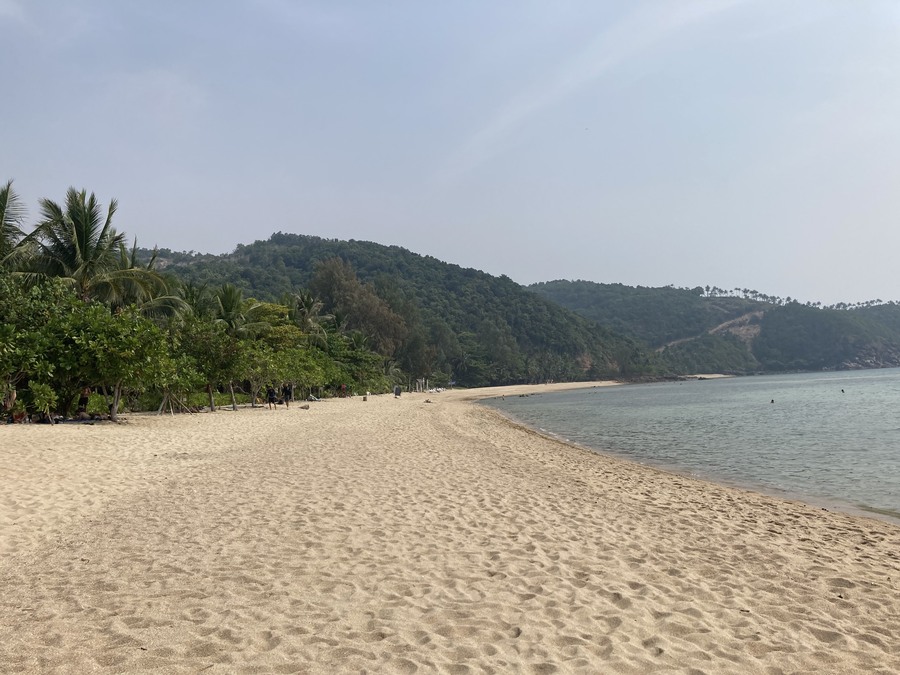
The next day, take a short ferry ride to neighboring Koh Phangan, known for its Full Moon Parties and beautiful beaches.
Spend your first day exploring the island’s northern coast, including Mae Haad Beach and Ko Ma Island, or Haad Salad.
In the evening, drive down to the west side of the island and watch the sunset from either Secret Beach or Zen Beach.
Day 23: Koh Phangan
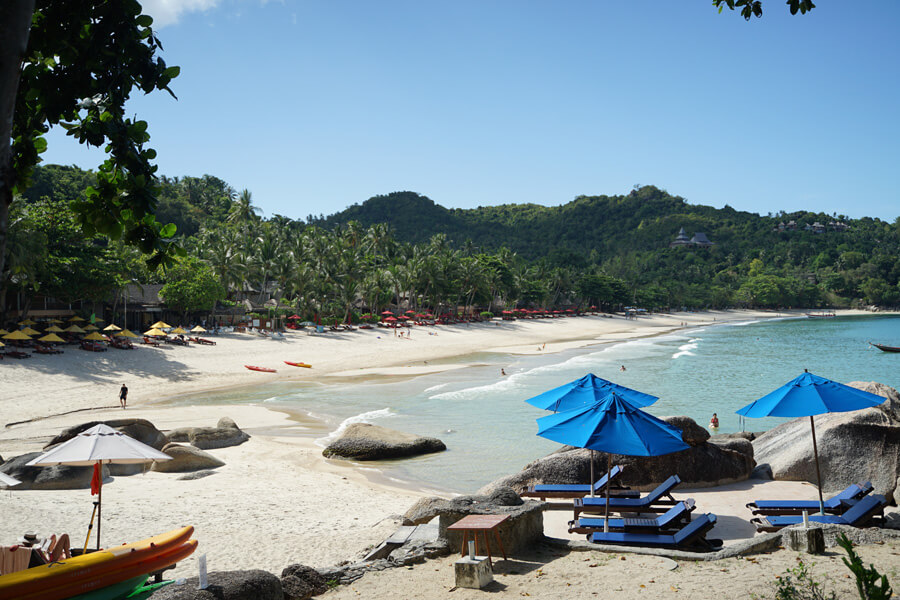
On the following day, relax on the beach, go snorkeling or diving, or head up into the national park for some hiking. Or you can visit the relaxing Thong Nai Pan Beach or the secluded Bottle Beach.
There are also several waterfalls on Koh Phangan that offer a refreshing break from the ocean, but note that they are often dried up during the hot and dry seasons.
Day 24: Koh Tao
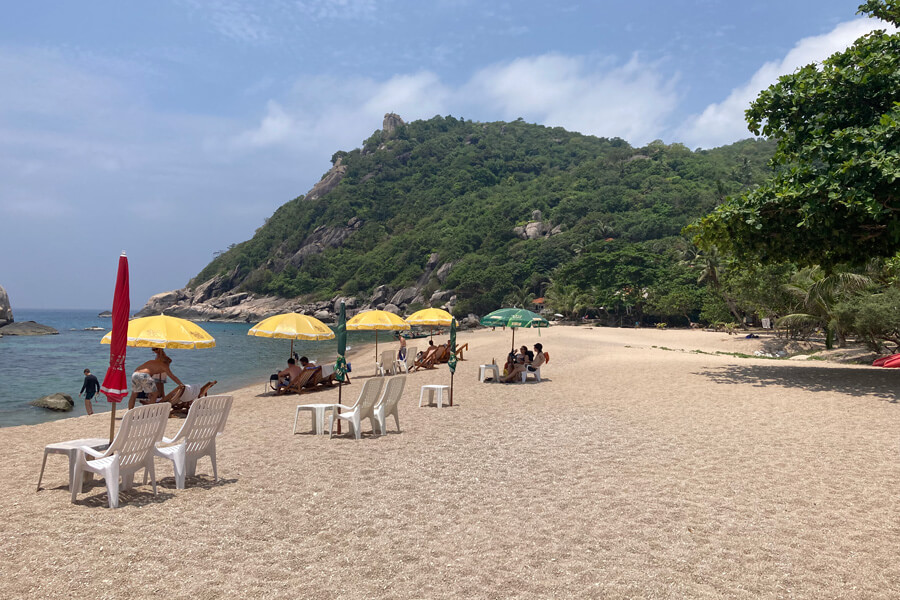
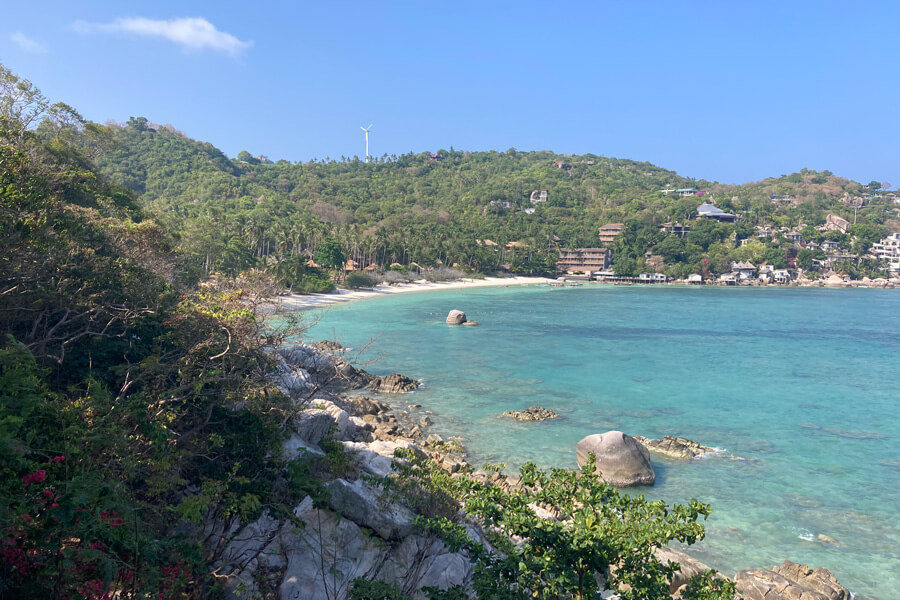
In the morning, take a ferry to Koh Tao, a small island known for its excellent diving and snorkeling opportunities.
Spend the first day exploring the island’s many beaches, including Freedom Beach, Shark Bay, and Ao Tanote Beach.
Be sure to rent a snorkel mask and fins, as these beaches are known to have turtles, octopuses, and even black-tip reef sharks swimming in the bays.
Related Reading: How to Get from Koh Samui to Koh Tao
Day 25: Koh Tao
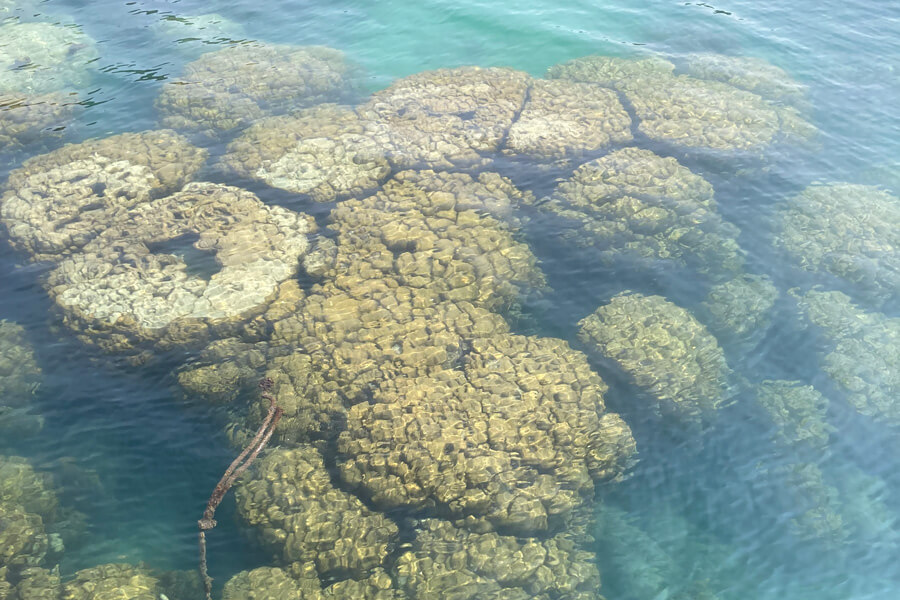
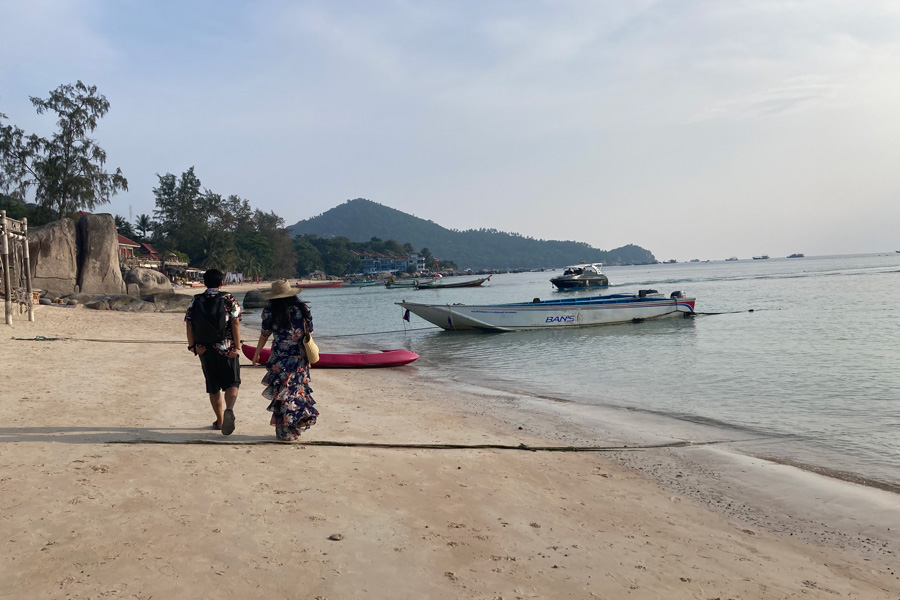
On the second day, take a diving or snorkeling trip to see the island’s abundant marine life, including colorful fish, sea turtles, and even whale sharks.
If you’re not afraid of sharks, you can also swim with the black-tip reef sharks who occupy the waters in Shark Bay. Some of these sharks grow up to six feet long but don’t worry, they are gentle creatures.
In the evenings, enjoy the island’s relaxed atmosphere and nightlife at Sairee Beach.
Day 26-28: Khao Sok National Park
Getting from Koh Tao to Khao Sok National Park will require a full day. Wake up early on day 26 to catch the ferry to the mainland, and then get a bus to Khao Sok Village.
Get settled into your accommodation and relax because you’ll want to start early the next day.
Day 27: Khao Sok Jungle Trekking
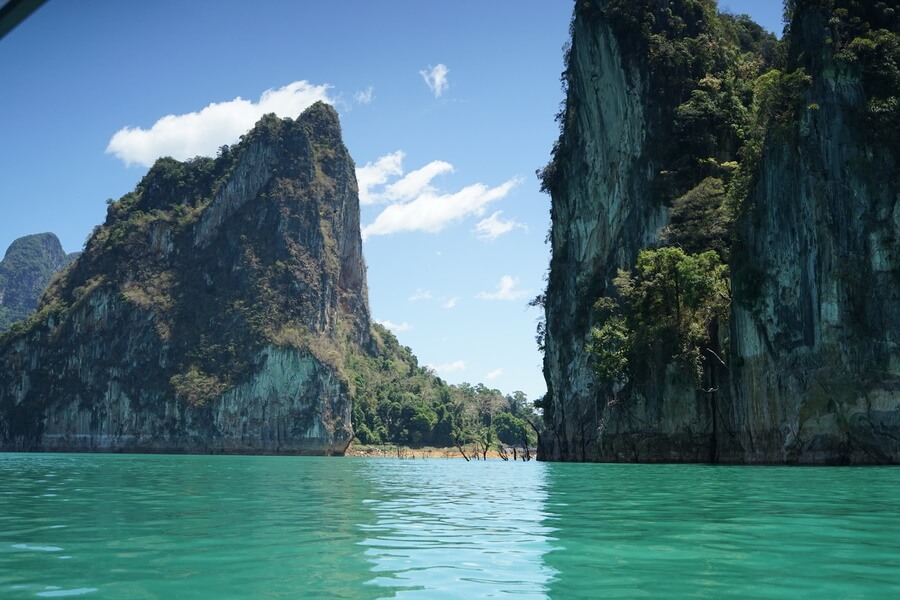
Khao Sok is a gorgeous national park that offers an opportunity to experience the beauty of nature.
A trekking tour at Khao Sok National Park is one of the most popular activities for adventure enthusiasts and nature lovers who visit Thailand.
There are several hikes in the national park, each consists of varying lengths and the level of difficulty.
Jungle trekking allows you to walk among pristine rainforests while dazed by the stunning flora and fauna, looking for wildlife such as chameleons, bears, snakes, spiders, frogs, and maybe even a sloth or monkey.
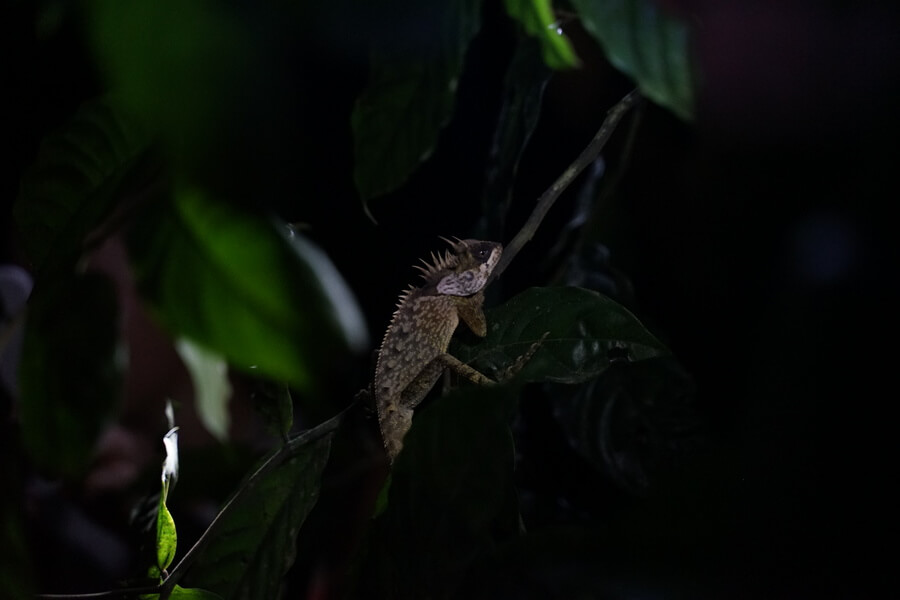
Trekkers can see stunning waterfalls, towering limestone cliffs, and ancient trees which are home to diverse wildlife. Some animals known to live in the jungle are gray langurs, macaques, and even elephants (though they tend to hang out nearer to the lake).
Those who join the trek should be prepared for the hike, wear comfortable clothing, and closed-toe shoes, and should carry plenty of water, and insect repellent.
Read more: Thailand’s Most Dangerous Animals
Day 28: Khao Sok Lake
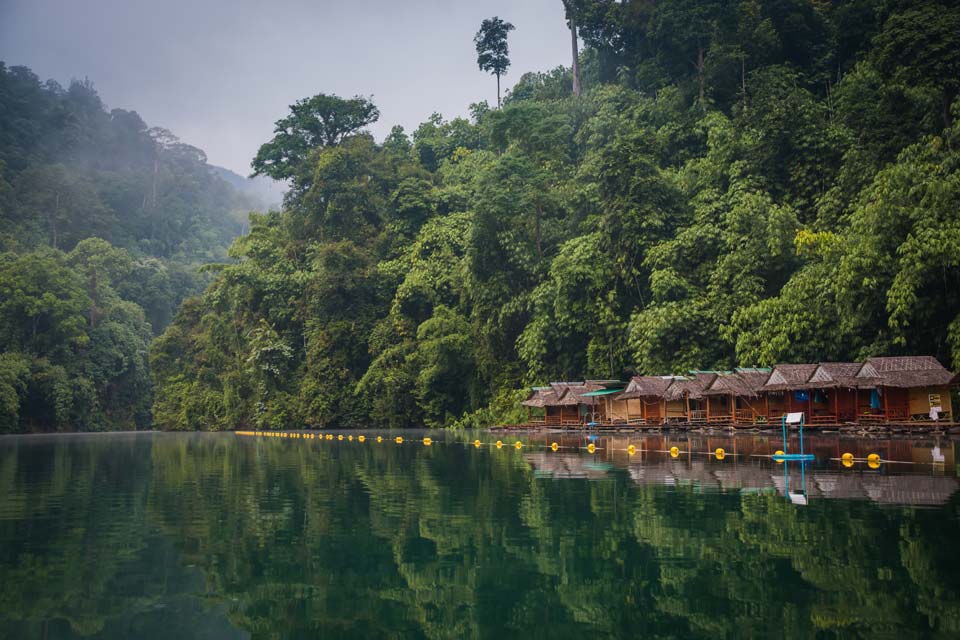
Khao Sok Lake is a beautiful man-made lake located in Khao Sok National Park. It is surrounded by towering limestone cliffs and pristine rainforests and is home to diverse flora and fauna.
You can go canoeing, kayaking, and or relax in a lakeside bungalow or restaurant. There are also floating bungalows available for visitors to stay overnight and enjoy the peaceful atmosphere.
Khao Sok Lake is known for its stunning scenery and tranquility, making it a perfect destination for those seeking a peaceful escape from the hectic pace of city life.
As you’re nearing the end of your one-month Thailand itinerary, why not spend it doing something relaxing in nature?
Or if you want to up the adventure, head over to one of the caves around the lake. A popular cave to visit is Nam Thalu Cave, which has a river running through it. If you’re not afraid of tight spaces and adventurous cave scrambling, book yourself a tour of this cave.
Day 29: Khao Sok to Bangkok
On the 29th day, you’ll want to travel back to Bangkok. You can actually get a sleep train in the evening, which I recommend so you can spend the day exploring more of the national park.
If you don’t like the idea of a night train, catch a train earlier in the day back to Bangkok.
Day 30: Bangkok
This is your last day in Thailand and a day to plan to move on to your next destination.
Whether you’re flying home or moving on to a neighboring country, make sure you make your last night special in Bangkok with a cocktail at a rooftop bar.
Getting Around Thailand
Getting around Thailand is relatively easy and affordable, with several options available for travelers.
When it comes to getting around cities and towns, you can take a bus, rent a scooter, or get taxis and tuk-tuks. In Bangkok, there is a metro and BTS sky train which easily connects you to each attraction, but it’s the only city in Thailand with this form of public transport.
In cities such as Bangkok, Chiang Mai, Chiang Rai, Phuket, and Krabi, you can use the Taxi App Bolt to order a taxi or scooter which is considerably cheaper than the licensed yellow taxis.
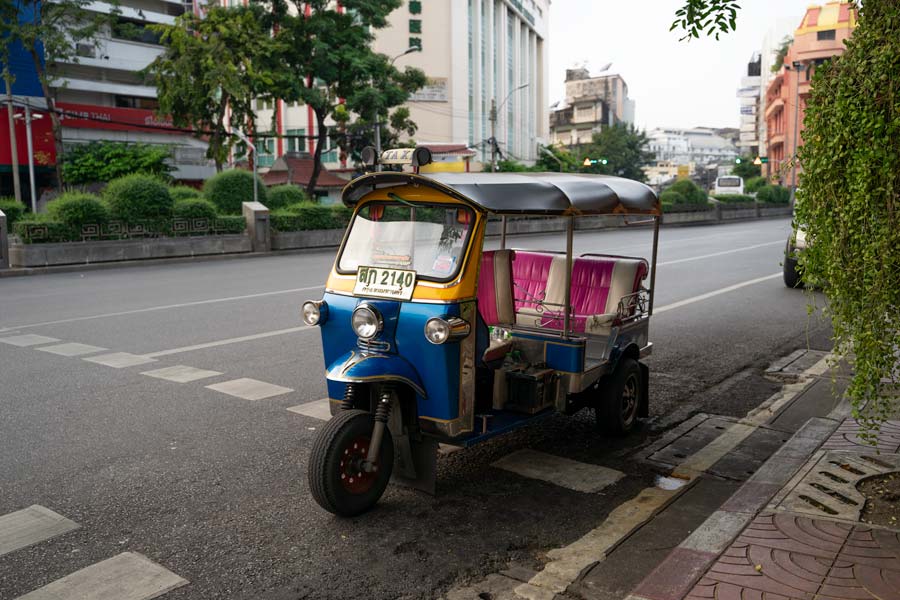
On the islands in the Gulf of Thailand, taxis tend to be pickup trucks with seats in the back called Songthaews. They are less frequent and usually only go from the pier to the resort.
You may find that the best option for exploring the islands is renting a scooter and driving yourself.
When it comes to getting from place to place in Thailand, you will find long-distance buses connect almost everywhere.
There is also a train service that connects Bangkok to Chiang Mai, Chiang Rai, and Khao Sok.
You can also find cheap internal flights from major cities. You can fly direct from Bangkok to Chiang Mai, Chiang Rai, Phuket, Krabi, and Koh Samui.
Top tip: You can pre-book flights, boats, buses, ferries, trains, and more using the site 12go.asia. Prices are the same, if not cheaper, than local tour operators, and you can find transfers to pretty much anywhere in Thailand.
Best Time to Visit Thailand
Thailand is a popular tourist destination throughout the year, but the best time to visit depends on your preferences and what you want to do.
Thailand has three seasons: the hot season, the cool season, and the rainy season.
The hot season lasts from March to May, with temperatures averaging around 30-35 degrees Celsius.
April and May are the hottest months of the year, which is also made worse by the pollution since it’s the time of year when the farmers burn their fields.
Despite the hot weather, it’s also when Songkran (Thai New Year) takes place, which is a bucket list activity for Thailand.
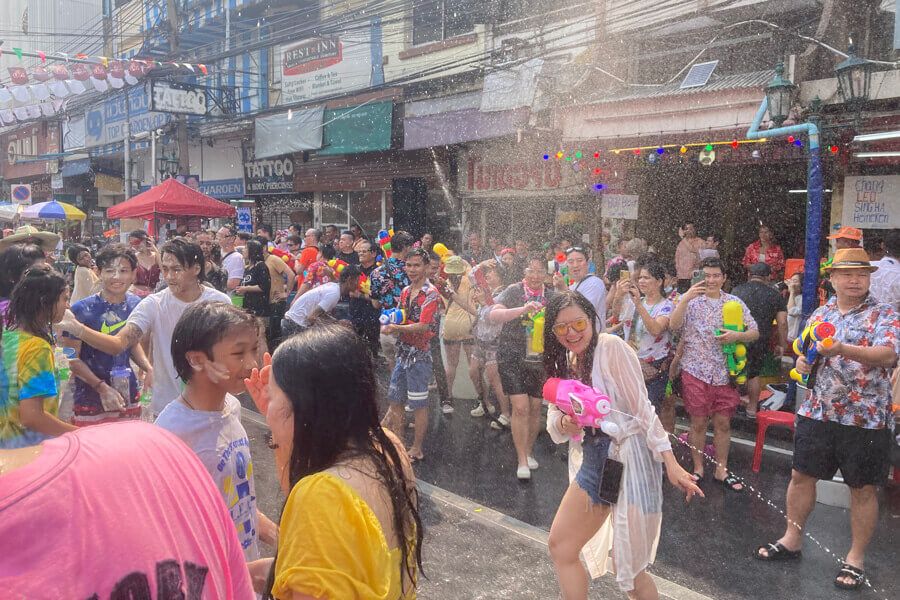
This season is also the start of the off-season, which is when there are meant to be fewer travelers, though Thailand doesn’t really have a season where there are no travelers.
The cool season lasts from November to February, with temperatures ranging from 20-30 degrees Celsius.
This is the busiest season for Thailand and is when you will see the most amount of tourists.
It’s ideal for cultural and outdoor activities, such as temple hopping, hiking, and exploring national parks.
The weather is mild and pleasant, making it a great time to explore the cities and countryside.
November is when the annual Lantern Festival takes place, so expect Chiang Mai to be very busy this time of year, and make sure to book your accommodation well in advance to avoid missing out.
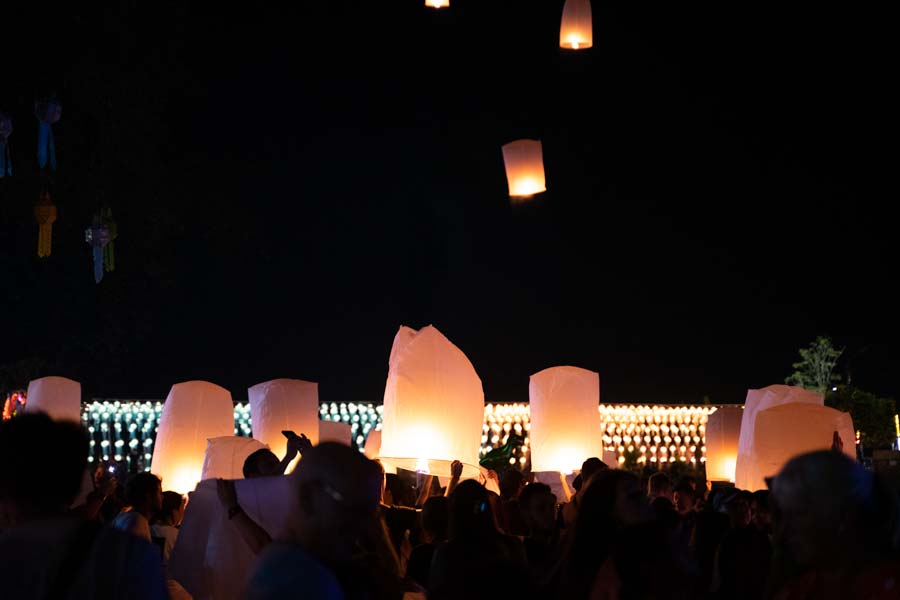
The rainy season lasts from June to October, with heavy rain and occasional flooding. This is generally considered the worst time to visit Thailand, especially if you are going to the beach destinations.
While this time of year is typically avoided by tourists, it can be a great time to visit if you don’t mind the rain and want to avoid the crowds.
The landscape is lush and green, and the rain can actually make waterfalls and rivers more spectacular.
Prices are lower during the rainy season, making it a good time to score deals on accommodation and tours.
Tips for Visiting Thailand
Before you jet off to Thailand, here are a few tips to consider to make your trip smoother…
- Respect the local culture and traditions. Thai people hate it when you point with your feet, and remember to put your hands together in a prayer position in front of your chest when you say thank you to people.
- Dress appropriately when visiting temples or other religious sites. Have your shoulders and knees covered and don’t wear anything too skin-tight.
- Don’t touch people on the head as it’s considered disrespectful.
- Bargain when shopping at markets or street vendors and when hiring a scooter. Usually, you can reduce the price a little bit.
- Be cautious of scams and always negotiate prices beforehand, especially when getting taxis, tuk-tuks, and tours.
- Try the street food but make sure it’s from a clean and reputable vendor. Our top tip is to make sure it’s cooked on an open fire, has outdoor seating, and is being prepared by an old woman.
- Stay hydrated and use sunscreen when spending time outdoors. The heat in Thailand is no joke, so be sure to be prepared.
- Be aware of the traffic and take precautions when crossing the road, especially in Bangkok as drivers do not look out for pedestrians.
- Learn some basic Thai phrases to communicate with locals.
- Be mindful of your belongings and keep them close in crowded areas.
- Research the weather before visiting and pack accordingly.
- Book accommodations and transportation in advance to avoid last-minute stress. Thailand is busy all year round, and prices actually tend to increase when you book last minute.
- Always carry cash as some places may not accept credit/debit cards or charge 3% for using a card.
- Get a Charles Schwab debit card (if you’re from America) so you can get the ATM fees returned to you. Otherwise, note that every time you withdraw from an ATM it’s a $6 USD fee.
FAQs About This 30-Day Thailand Itinerary
Here’s what people usually ask us about spending thirty days in Thailand…
How much money do you need for one month in Thailand?
Everyone has different budgets and levels of comfort, but I would say on average you should budget $50 per day to pay for accommodation, food, tours, transport around cities, and shopping expenses. You will need to factor in transport from place to place on top of this, which varies depending on your preferred mode of transport.
Is Thailand easy to travel to?
Yes, Thailand is very easy to travel to. Most people in Thailand speak English and are very kind and welcoming to foreigners which helps when you need to ask for directions. Thailand’s infrastructure is well-developed and it’s easy to find buses to connect you from A to B.
Final Thoughts on This Thailand Itinerary for One Month
Thailand is the land of golden temples, pristine beaches, and mouth-watering cuisine. Spending one month in Thailand can be life-changing, and you can be sure that every day offers something different and unique.
Whether you’re looking forward to exploring bustling cities like Bangkok, where the energy never fades, or relaxing on the stunning shores of the Southern Thailand beaches – this 30 day itinerary for Thailand has it all.
I hope this guide helped you plan your trip and gave you some inspiration for how to prepare your own Thailand itinerary.
If you have any questions about this itinerary, let us know in the comments.
